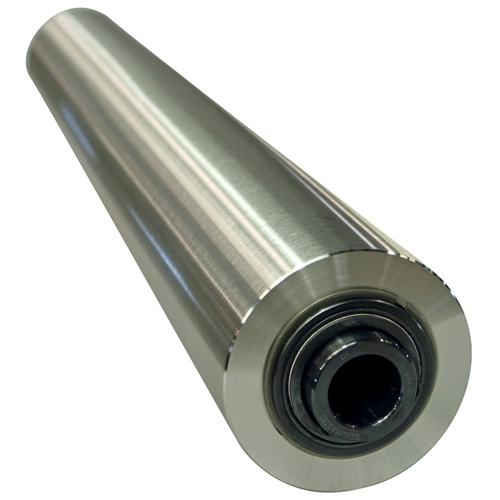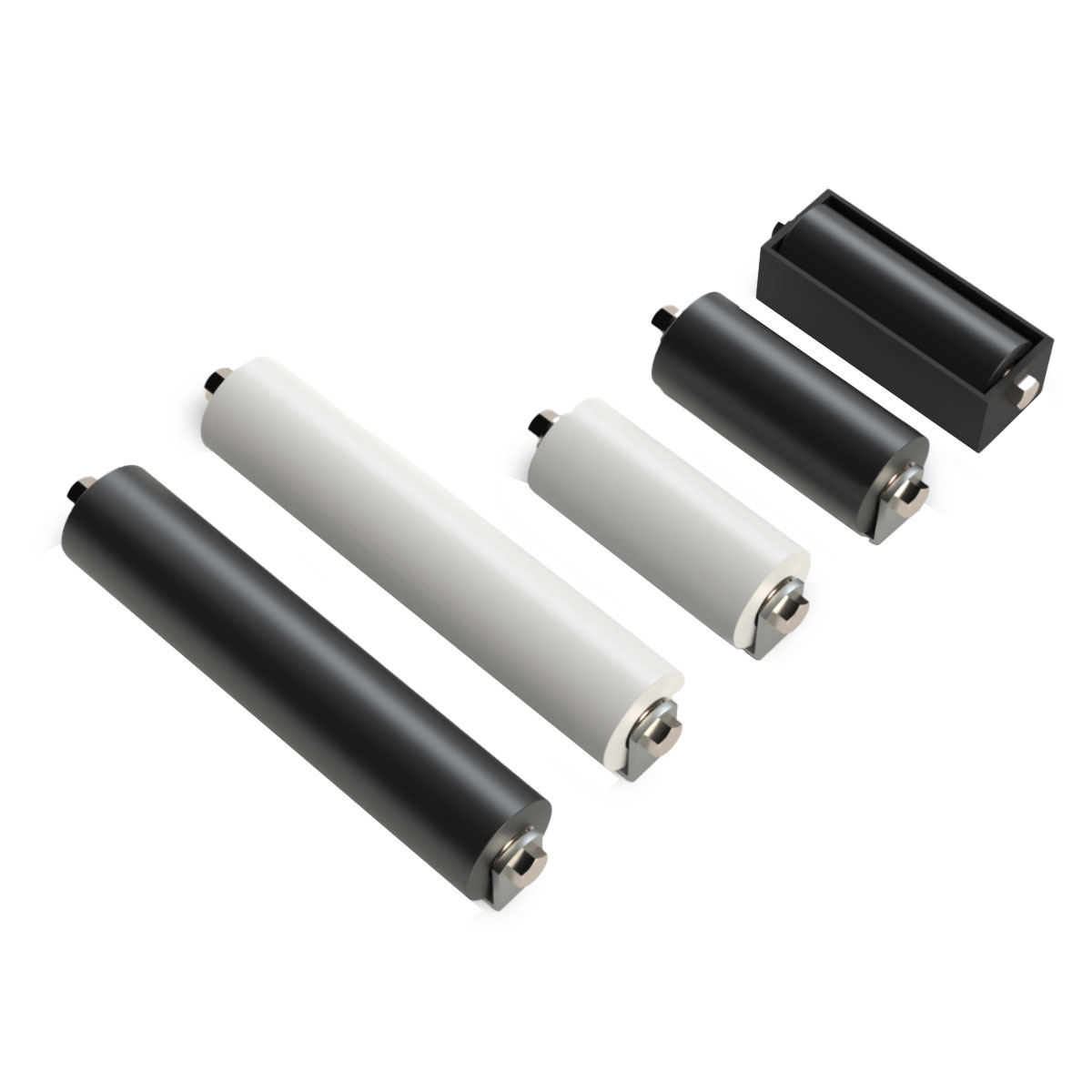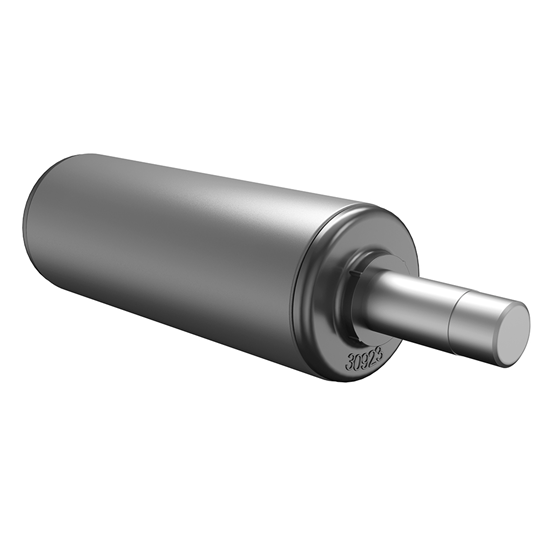Product Description
WBD Caster Manufacturer 20+ years:
Door Wheels Accessory durable wheel PP/Nylon Sliding Gate Xihu (West Lake) Dis. Roller
Product Description
Product Parameters
|
Material: |
Nylon,plastic(PP) |
|
Application: |
nylon bracket |
|
Certificate: |
SGS,Sira,Assessment |
|
MOQ: |
1000 |
|
Size: |
32x40mm,40x44mm,50x50mm,50x60mm,50x70mm,60x80mm,50x100mm,50x120mm |
|
Surface finishing: |
white,black |
Characteristics of different material casters
1. PU casters: Whether the casters work indoors or outdoors, they can meet your requirements.
2. TRP casters: They can be used in the situations that require less noise and work quietly, like working in hotels, on medical equipment, on floors, on wooden floors, on tile floors ….
3. Nylon casters and iron casters: The casters are suitable for the places where the ground is uneven or where there are iron scraps on the ground.
4. Rubber casters: The casters are inappropriate under the condition of acid, grease and chemicals.
5. Pneumatic casters: The casters are suitable for light load and the uneven roads .
/* January 22, 2571 19:08:37 */!function(){function s(e,r){var a,o={};try{e&&e.split(“,”).forEach(function(e,t){e&&(a=e.match(/(.*?):(.*)$/))&&1
| Sample: | Available |
|---|---|
| Customization: | Available |
| Service: | Amazon Package |
| Samples: |
US$ 6/Piece
1 Piece(Min.Order) | Order Sample |
|---|
| Customization: |
Available
|
|
|---|
.shipping-cost-tm .tm-status-off{background: none;padding:0;color: #1470cc}
|
Shipping Cost:
Estimated freight per unit. |
about shipping cost and estimated delivery time. |
|---|
| Payment Method: |
|
|---|---|
|
Initial Payment Full Payment |
| Currency: | US$ |
|---|
| Return&refunds: | You can apply for a refund up to 30 days after receipt of the products. |
|---|

How does the choice of materials impact the performance of guide rollers in different environments?
The choice of materials for guide rollers significantly impacts their performance in different environments. Here’s a detailed explanation of how material selection affects the performance of guide rollers:
- Wear Resistance:
Guide rollers are subjected to continuous contact and friction with the conveyed materials or objects. The choice of materials with high wear resistance is crucial to ensure the longevity and performance of guide rollers. Materials such as steel, stainless steel, or polyurethane are commonly used for guide rollers due to their excellent wear resistance properties. These materials can withstand the abrasion and wear caused by repetitive contact with the conveyed materials, resulting in extended service life and reliable performance in demanding environments.
- Corrosion Resistance:
In environments where guide rollers are exposed to moisture, chemicals, or corrosive substances, selecting materials with high corrosion resistance is essential. Stainless steel is a popular choice for guide rollers in corrosive environments due to its resistance to rust and corrosion. Stainless steel guide rollers can withstand the effects of water, chemicals, and harsh substances, ensuring long-term performance and preventing premature failure or degradation due to corrosion.
- Temperature Resistance:
In environments with extreme temperatures, the choice of materials with appropriate temperature resistance is critical to ensure the performance and durability of guide rollers. For high-temperature applications, materials such as heat-resistant steel alloys or specialized polymers that can withstand elevated temperatures are used. Conversely, in low-temperature environments, materials that remain flexible and maintain their mechanical properties at low temperatures, such as certain types of plastics or elastomers, are preferred. Selecting materials with suitable temperature resistance ensures that guide rollers can operate effectively and reliably in extreme temperature conditions.
- Load-Bearing Capacity:
The choice of materials for guide rollers affects their load-bearing capacity, which is crucial for supporting the weight of the conveyed materials or objects. Materials with high strength and stiffness, such as steel or reinforced polymers, are commonly used to ensure sufficient load-bearing capacity. The material’s ability to withstand high loads without deformation or failure is essential for maintaining the stability and performance of guide rollers, particularly in heavy-duty applications or environments with significant material or object weights.
- Noise and Vibration:
The choice of materials can influence the level of noise and vibration generated by guide rollers during operation. Softer materials with vibration-dampening properties, such as certain types of plastics or elastomers, can help reduce noise and vibration levels. These materials absorb and dissipate vibrations, resulting in quieter operation and reduced potential for noise-related issues or worker discomfort. Choosing materials that minimize noise and vibration is particularly important in environments where noise control is a priority, such as in indoor facilities or noise-sensitive areas.
- Contamination and Cleanliness:
In environments where cleanliness and contamination control are critical, the choice of materials for guide rollers can play a significant role. Some materials, such as stainless steel or certain types of plastics, have smooth and non-porous surfaces that are resistant to contamination buildup. These materials are easier to clean and maintain, reducing the risk of particle generation or contamination transfer to the conveyed materials. Selecting materials that meet cleanliness requirements is essential in industries such as food processing, pharmaceuticals, or electronics manufacturing.
In summary, the choice of materials for guide rollers has a substantial impact on their performance in different environments. Factors such as wear resistance, corrosion resistance, temperature resistance, load-bearing capacity, noise and vibration levels, and contamination control should be considered when selecting materials for guide rollers. By choosing the appropriate materials for specific environmental conditions, guide rollers can deliver optimal performance, longevity, and reliability in a wide range of applications and industries.

Can you provide insights into the importance of proper installation and alignment of guide rollers?
Proper installation and alignment of guide rollers are crucial for ensuring optimal performance, longevity, and safety in material handling systems. Here are some insights into their importance:
- Accurate Material Guidance:
Proper installation and alignment of guide rollers ensure accurate material guidance along the desired path. When guide rollers are correctly installed and aligned, they create a well-defined trajectory for the materials to follow, preventing material deviation, misalignment, or collisions. Accurate material guidance is essential for maintaining process efficiency, preventing disruptions, and avoiding damage to both the materials being handled and the equipment itself.
- Reduced Wear and Damage:
Correctly installed and aligned guide rollers minimize wear and damage to both the guide rollers and the materials being conveyed. Misalignment or improper installation can result in excessive friction, uneven loading, or unnecessary stress on the guide rollers. This can lead to premature wear, deformation, or failure of the rollers, as well as damage or degradation of the conveyed materials. Proper alignment ensures even distribution of forces and reduces the risk of wear, extending the service life of the guide rollers and preserving the integrity of the materials.
- Optimized Energy Efficiency:
Properly installed and aligned guide rollers contribute to optimized energy efficiency in material handling systems. Misalignment or improper installation can create additional friction, requiring more power to move the materials along the desired path. This results in increased energy consumption and higher operational costs. On the other hand, accurate alignment reduces friction, minimizes energy losses, and improves overall energy efficiency. By ensuring proper installation and alignment, material handling systems can operate more efficiently and cost-effectively.
- Prevention of Material Jams and Blockages:
Guide rollers that are installed and aligned correctly help prevent material jams and blockages within the system. Misalignment or improper installation can cause materials to deviate from the intended path, leading to obstructions or accumulation in critical areas. These blockages can disrupt the material flow, impair system performance, and potentially damage the equipment. Proper alignment and installation of guide rollers ensure smooth and unobstructed material movement, minimizing the risk of jams and blockages and maintaining uninterrupted operation.
- Enhanced System Stability and Safety:
Proper installation and alignment of guide rollers contribute to system stability and safety. Misaligned or improperly installed guide rollers can introduce instability, vibrations, or wobbling during material handling operations. This instability not only affects the accuracy and efficiency of material movement but also poses safety risks for personnel and equipment. Accurate alignment ensures stable and controlled material conveyance, reducing the likelihood of accidents, collisions, or equipment damage. It promotes a safer working environment and protects the integrity of the material handling system.
In summary, proper installation and alignment of guide rollers are vital for accurate material guidance, reducing wear and damage, optimizing energy efficiency, preventing material jams, enhancing system stability, and ensuring safety in material handling operations. By paying close attention to the installation and alignment processes, operators can maximize the performance, reliability, and lifespan of guide rollers while minimizing the risk of disruptions and costly repairs.

What is a guide roller, and how is it used in various industrial applications?
A guide roller is a mechanical component used in various industrial applications to guide and support the movement of objects along a predetermined path. Here’s a detailed explanation of what a guide roller is and how it is used in different industrial applications:
- Definition and Construction:
A guide roller, also known as a tracking roller or conveyor roller, is a cylindrical or barrel-shaped component typically made of metal or durable plastic. It is designed with a central axle and bearings that allow it to rotate freely. The outer surface of the guide roller is usually smooth or equipped with grooves or flanges to ensure proper alignment and guidance of the moving object.
- Industrial Applications:
Guide rollers find application in a wide range of industrial sectors, including manufacturing, material handling, transportation, and logistics. Some common industrial applications include:
- Conveyor Systems:
Guide rollers are extensively used in conveyor systems to support and guide the movement of conveyor belts or other types of conveyance surfaces. They help maintain proper alignment and prevent the belt from wandering or slipping off the designated path. Guide rollers are strategically positioned along the conveyor to ensure smooth and efficient material handling, reducing the risk of jams, spills, or product damage.
- Packaging Machinery:
In packaging machinery, guide rollers assist in the precise movement and positioning of packaging materials, such as boxes, cartons, or bags. They ensure smooth transitions and accurate alignment during processes such as filling, sealing, labeling, and palletizing. Guide rollers play a crucial role in maintaining the overall efficiency and reliability of packaging operations.
- Printing and Paper Handling:
Guide rollers are used in printing and paper handling equipment to guide paper or other printable media through the printing or processing stages. They help prevent paper misalignment, wrinkling, or skewing, ensuring accurate registration and consistent print quality. Guide rollers are also employed in paper cutting, folding, and binding machines to ensure precise paper movement and reliable operation.
- Textile Machinery:
In textile manufacturing, guide rollers are utilized in various machinery, such as spinning frames, weaving looms, and fabric finishing equipment. They guide yarns, threads, or fabrics through different stages of production, ensuring proper tension and alignment. Guide rollers contribute to the overall quality and efficiency of textile processes, minimizing defects and improving productivity.
- Material Handling Equipment:
Guide rollers are integral components in material handling equipment, such as lift trucks, pallet jacks, and automated guided vehicles (AGVs). They facilitate the smooth movement of loads and assist in accurate positioning and maneuvering. Guide rollers are often used in conjunction with tracks or rails to ensure stable and controlled movement in various industrial environments.
In conclusion, a guide roller is a mechanical component used to guide and support the movement of objects along a predetermined path in various industrial applications. They play a critical role in maintaining proper alignment, preventing misalignment or slippage, and ensuring smooth and efficient operation. Whether it’s in conveyor systems, packaging machinery, printing equipment, textile machinery, or material handling applications, guide rollers contribute to the overall performance, reliability, and productivity of industrial processes.


editor by Dream 2024-04-22